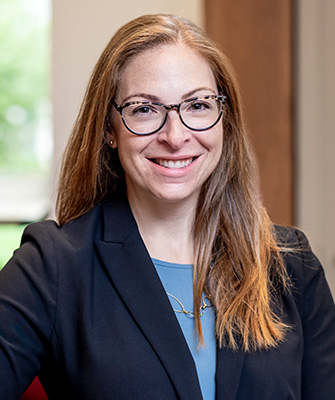
Our Story
Founded in 2020, NetflowIQ was born from a simple observation: many students and professionals struggled to grasp the abstract concepts behind distributed systems and network architectures.
Our founders, a team of educators and technology experts, set out to create a platform that would bridge the gap between theoretical knowledge and practical understanding through interactive visualizations and comprehensive educational content.
Today, NetflowIQ serves thousands of users worldwide, from university classrooms to corporate training environments, helping them understand the invisible architecture that powers our digital world.






